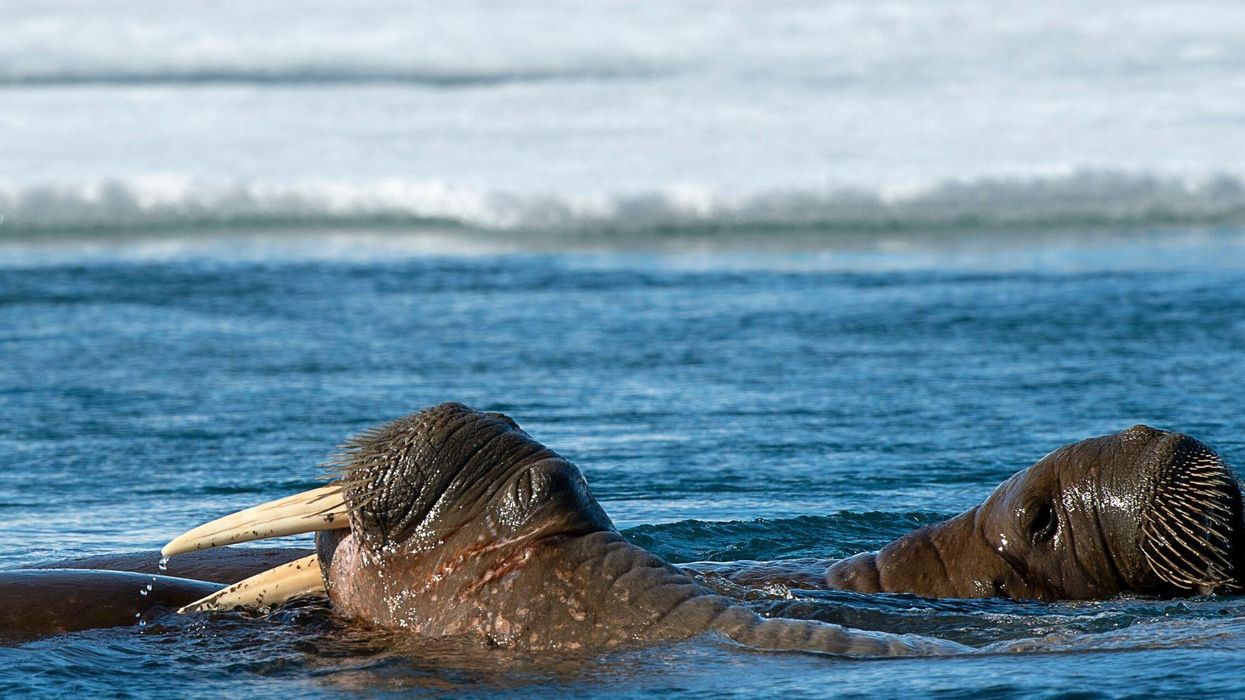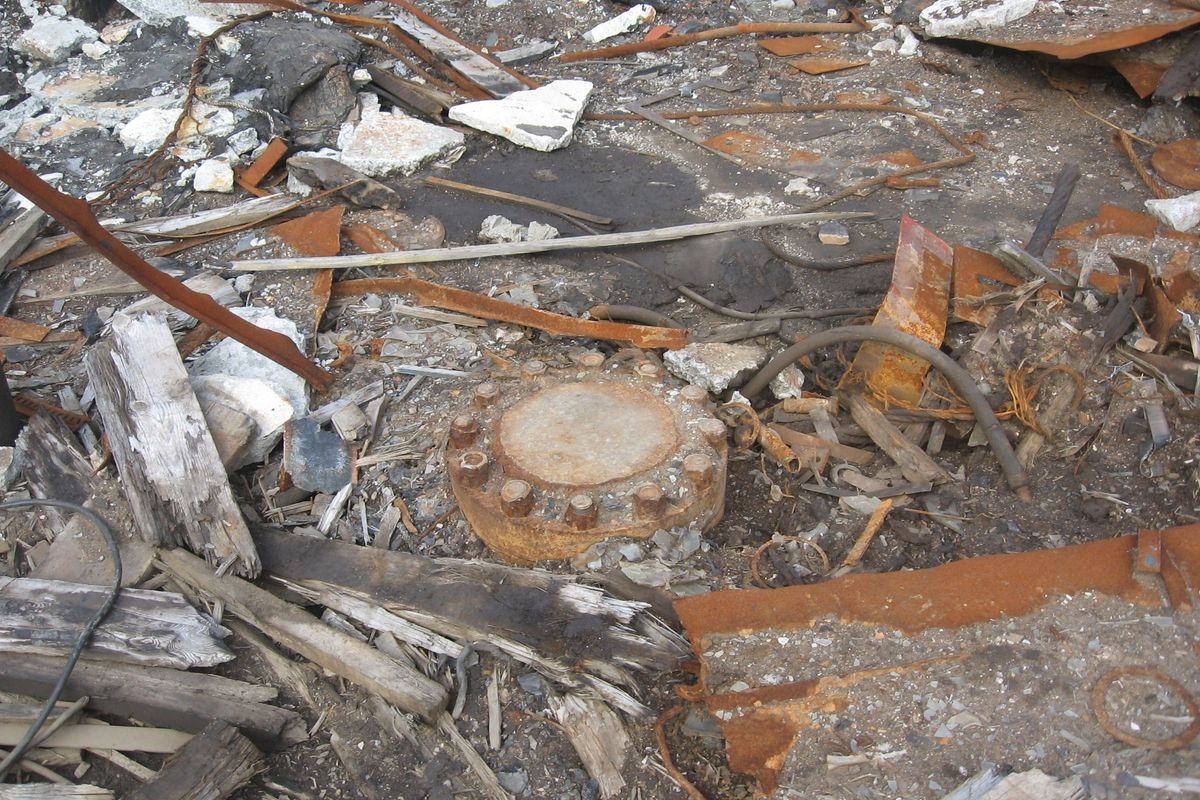News
Evie Breese
Mar 13, 2020

istock
Bet you didn’t see that coming.
A “biological cousin” of chlamydia has been discovered living at the bottom of the Arctic ocean.
Buried in several feet of marine sediment nearly two miles below the surface of the Arctic Ocean, the never before seen species of chlamydia bacteria has got scientists puzzled.
Without a host body, the chlamydia is just floating around in the mud, which is pretty wild.
Chlamydia usually interacts with organisms such as animals (including humans), plants and fungi, but also microscopic organisms like algae and plankton. Not this chlamydia though, it’s gone it alone.
But how on earth did it get down there?
Jennah Dharamshi, lead author of the study from Uppsala University, said in a statement;
Finding Chlamydiae in this environment was completely unexpected, and of course begged the question what on earth were they doing there?
Dharamshi was part of a team of researchers from Uppsala University, Sweden, and the University of Bergen, Norway, who discovered the bacteria during an expedition to collect sediment samples from Loki's Castle – a grouping of five hydrothermal vents in the area between Norway and Greenland.
There’s almost no oxygen that far below the ocean’s surface, and extremely high pressure, yet, the new strain of chlamydia were found to be "exceptionally abundant". In some cases, they were even the dominant bacteria.
And it wasn’t just one new strain of chlamydia, there’s a lot.
We found a wide diversity of new Chlamydiae, perhaps well over a hundred. It is a bit hard to pinpoint this number exactly, as the definition of 'a species' is rather difficult.
Thijs Ettema, another author of the study, from Uppsala, told Newsweek.
The discovery seems to have tipped some people over the edge.
There is E. coli in my hometown’s water supply, the Arctic has chlamydia, coronavirus has the world shook, and I ha… https://t.co/kTfOCAgqtx— ❈ ꕤ ✣ ꕤ ❈ (@❈ ꕤ ✣ ꕤ ❈) 1584020590
But is the new species harmful to the ecosystem or wildlife of the Arctic?
Well. It’s kind of creepy that some strains of chlamydia do not need host organisms to survive, contrary to what scientists thought until now.
But the newly discovered Chlamydia-related bacteria are only distantly related to the sexually-transmitted type that can infect humans. Rather, they share a common ancestry that dates back several hundred million years.
What is pretty cool, though, is that the findings will help to provide a better understanding of how the Chlamydiae evolved, how they developed their current behaviours, and even how they came to infect humans.
This could help scientists better understand the bacteria, potentially improving how we test for – and treat – the STI version.
So actually, this is good news for the advancement of our understanding of Chlamydia and biology. Three cheers for Arctic explorers!
Top 100
The Conversation (0)













